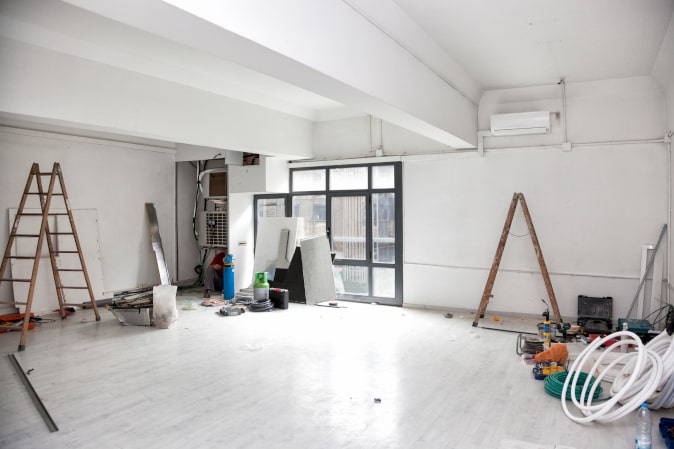
When do I need planning permission to change use class?
If you’ve leased or purchased commercial premises and you want to change its class (i.e. from a shop to a restaurant, for example), you’ll need to have a solid grasp of what changes require planning permission.
Planning permission can take as long as eight weeks to be approved, and usually involves some sort of application fee, which won’t be refunded if your application is refused. However, if you’ve made a savvy choice with your premises, this process may well pay off in the long run.
When is Planning Permission Required?
The rules regarding planning permission are laid out in The Town and Country Planning (General Permitted Development) (England) Order 2015. This piece of legislation states, in basic terms, that planning permission is not required if you wish to stay within the same ‘use class’. However, if you want to change the purpose of the premises to another use class, it’s likely that you’ll need planning permission, with a few exceptions.
Here’s a broad description of the use classes:
- A1 – Shops; retail warehouses, funeral directors, showrooms etc.
- A2 – Financial and professional services; banks, building societies etc.
- A3 – Restaurants and cafes
- A4 – Drinking establishments; pubs, bars etc.
- A5 – Hot food takeaways
- B1 – Business; offices, light industry in a residential area
- B2 – General industrial (but not incineration, chemical, hazardous materials etc.)
- B8 – Storage and distribution
- C1 – Hotels
- C2 – Residential institutions; care homes etc.
- C2A – Secure residential institutions; young offenders’ institution etc.
- C3 – Dwellinghouses; homes, housing schemes
- C4 – HMOs
- D1 – Non-residential institutions; health centres, art galleries, libraries, places of worship etc.
- D2 - Assembly and leisure; swimming pools, theatres, cinemas etc.
- Sui Generis – Uses that don’t fall into any of the above categories, e.g. nightclubs, casinos, hostels etc.
Planning Permission or Not? Some Examples
If you own a clothing shop and wish to change it to a shop selling soft furnishings, you wouldn’t require planning permission, as both are classified as A1 use class. You’d also be able to change your clothing shop into a building society, as it’s acceptable to change from A1 usage to A2 without planning permission.
However, you couldn’t convert your clothing shop to a C2 premises (a care home, for example) without planning permission, as this is an entirely different use class. You’d also need planning permission to change it into a cinema, as this is within the D2 use class.
If you had premises that were classed as B2 (general industrial), you could change these to B1 (business premises, e.g. an office) without planning permission. You could also change your premises into a B8 use class (storage and distribution), but only if they are 500m2 or smaller. But you’d require planning permission to convert your B2 building into a C3 use class (e.g. a house).
Be Aware of Exceptions
As with so many pieces of legislation, there are exceptions to the rule. For example, a B8 premises (storage and distribution) can be changed to a C3 (a dwellinghouse) without planning permission, but this requires prior approval.
It’s also important to note that other factors may play a role. For example, if the building is listed, this may limit your options in terms of changing its use. The same applies if the premises are located in a recognised area of outstanding natural beauty. If in doubt, it’s a wise idea to speak to your Local Authority Planning Office.



